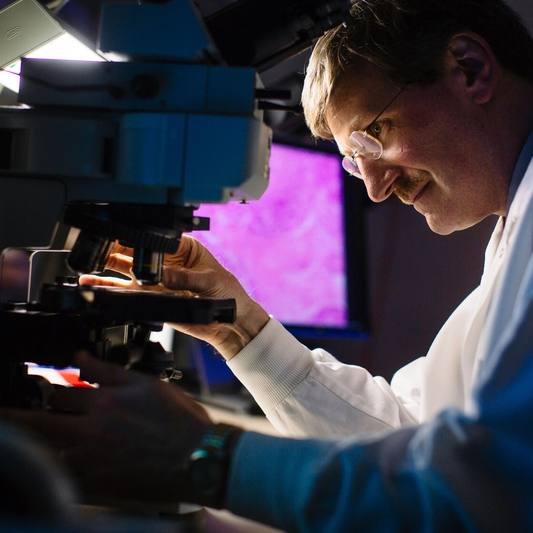The U.S. celebrates another Great American Smokeout on Thursday, Nov. 18. The Centers for Disease Control and Prevention says tobacco use remains the leading cause of preventable disease and death in the U.S., and cigarettes are the most common tobacco product among adults.
In this Mayo Clinic Minute, Dr. J. Taylor Hays, director of the Mayo Clinic Nicotine Dependence Center, talks about strategies Mayo Clinic uses to help smokers kick the habit.
Journalists: Broadcast-quality video (1:02) is in the downloads at the end of this post. Please courtesy: "Mayo Clinic News Network." Read the script.
For smokers who can’t stop lighting up, Mayo Clinic works to be the light at the end of the tunnel.
"Our mission is to give them hope for a life free of tobacco," says Dr. Hays.
More than 50,000 smokers have already been given tools to tackle their habit at Mayo Clinic's Nicotine Dependence Center.
"No one is the same. Everyone has some different aspects of their life that will make it harder or easier to quit. We do know what works," says Dr. Hays.
He says what works is a combination of approaches, including medication, behavioral therapies and relapse prevention strategies.
"We use medications to help reduce withdrawal and urges to smoke, because we know that that will allow people to do the behavioral work," says Dr. Hays. "And the basics that they need are to start changing thoughts surrounding the use of tobacco. Start changing behaviors and the habits that have been very ingrained."
If given the right set of tools, they are behaviors and habits that Dr. Hays says can be snuffed out once and for all.
______________________________________
For the safety of its patients, staff and visitors, Mayo Clinic has strict masking policies in place. Anyone shown without a mask was recorded prior to COVID-19 or recorded in an area not designated for patient care, where social distancing and other safety protocols were followed.







